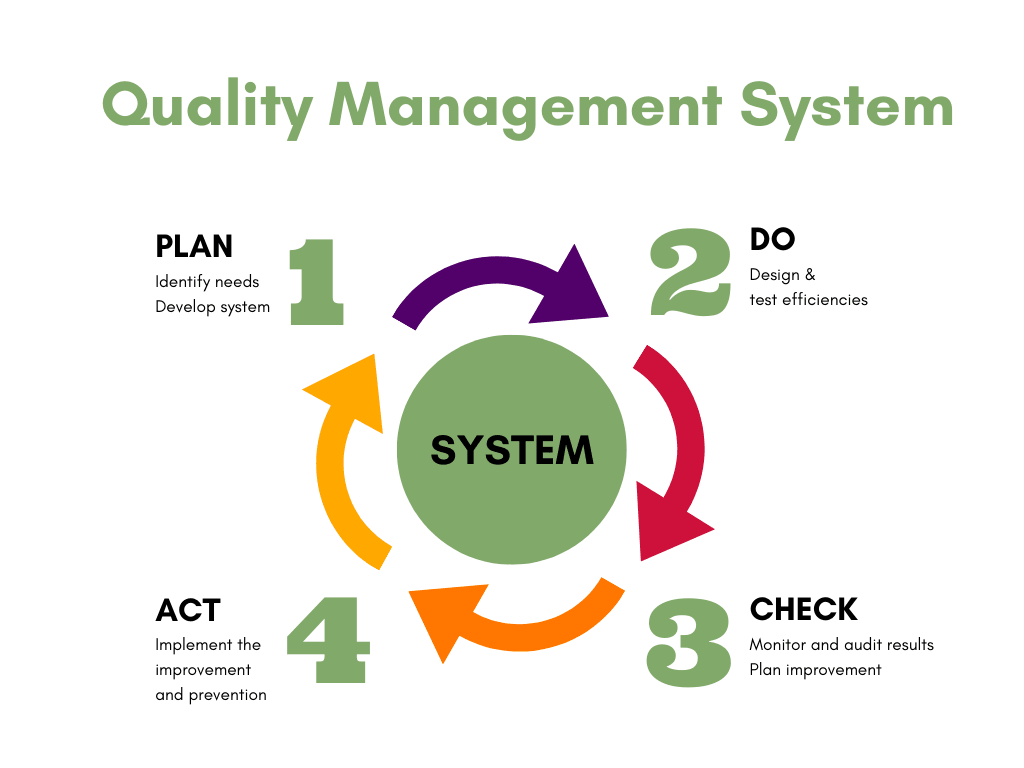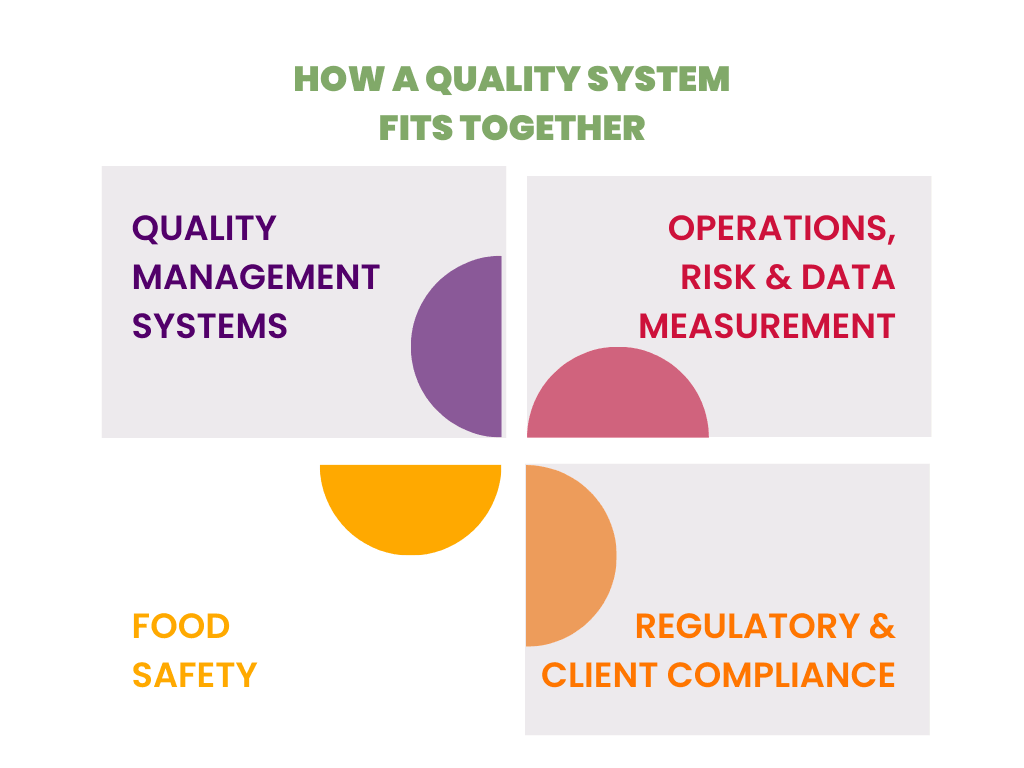Food Control Plans (FCP)
A food control plan (FCP) sets out what steps a business making or selling higher-risk foods needs to take to make safe food. You use it to identify risks and show how they're being managed. It means customers will know your food is safe – and it can help you create a successful food business.
Unsure where you fit?
If you're not sure if your business will operate under a food control plan, MPI has developed a tool – My food rules – to help you work it out.
Customised Food Control Plans (CFCP)
Customised for your specific business.

Hazard Analysis Critical Control Points (HACCP)
HACCP is a management system in which food safety is addressed through the analysis and control of biological, chemical, and physical hazards from raw material production, procurement and handling, to manufacturing, distribution and consumption of the finished product.
Hazard Analysis and Critical Control Point (HACCP) is an internationally recognised system used to identify and manage significant food safety hazards, and ensure food safety for your business. HACCP can be used throughout all stages of the food chain, from primary production to final consumption, forming an important part of risk-based food safety programmes, such as:
- Risk Management Programmes (RMPs)
- Wine Standards Management Plans (WSMPs).
The principles of HACCP, as defined by the Codex recommended international code of practice are:
- Conduct a hazard analysis.
- Determine the critical control points (CCPs).
- Establish critical limits for each CCP.
- Establish a system to monitor the control of the CCP.
- Establish the corrective action when monitoring indicates that a particular CCP is not under control.
- Establish verification procedures.
- Establish documentation concerning all procedures and records relevant to the HACCP principles and their application.
HACCP may also be applied to other aspects of a business. For example, wholesomeness and suitability issues, quality management, and non-food-related safety aspects.
Risk Management Plans (RMP)
In the most basic terms possible, a risk management plan is a document used by project managers to identify potential risks to the project, estimate the impact and the probability of them happening, and then define responses.
Not all risks are bad – but occur when you don’t know for sure what will happen, therefore the potential outcomes might be positive or negative.
Risk management plan process
Step 1: Identify potential risks. ...
Step 2: Evaluate and assess potential risks. ...
Step 3: Assign ownership for each potential risk. ...
Step 4: Create pre-emptive responses. ...
Step 5: Continuously monitor risks.
Project Management Plans (PMP)
A project management plan follows the same basic guidelines as a risk management plan and is a document used by project managers to identify potential risks to the project, estimate the impact and the probability of them happening, and then define responses.
Internal Audits
An internal audit offers risk management and evaluates the effectiveness of a company's internal controls, corporate governance, and accounting processes.. Internal audits provide management and board of directors with a value-added service where flaws in a process may be caught and corrected prior to external audits.
An internal audit assesses success by seeing whether the process gets completed with no mistakes. An operational audit differs because it looks for the potential for improvement within the company's business operations. It also tends to focus on factors related to processes, such as their effectiveness and efficiency.

